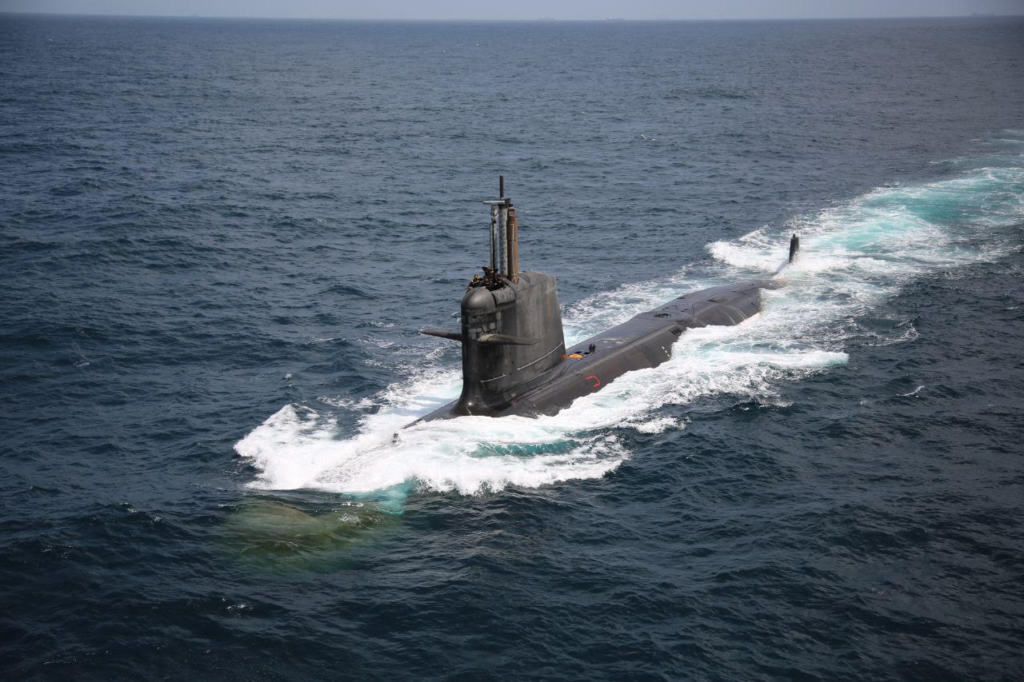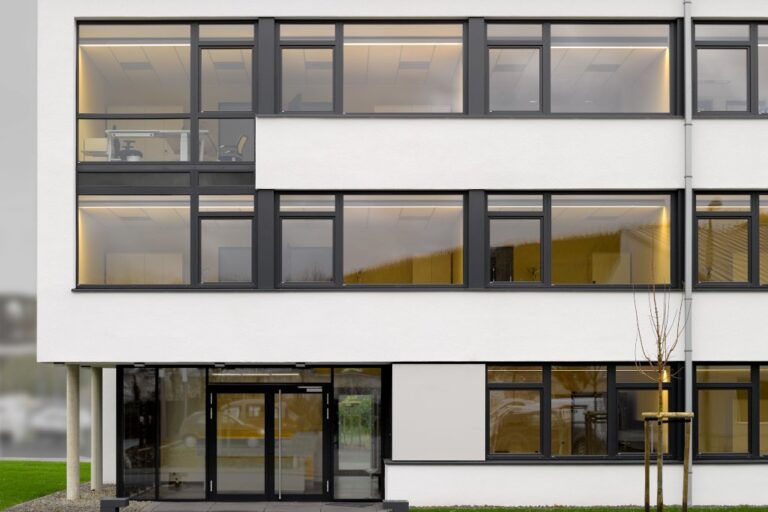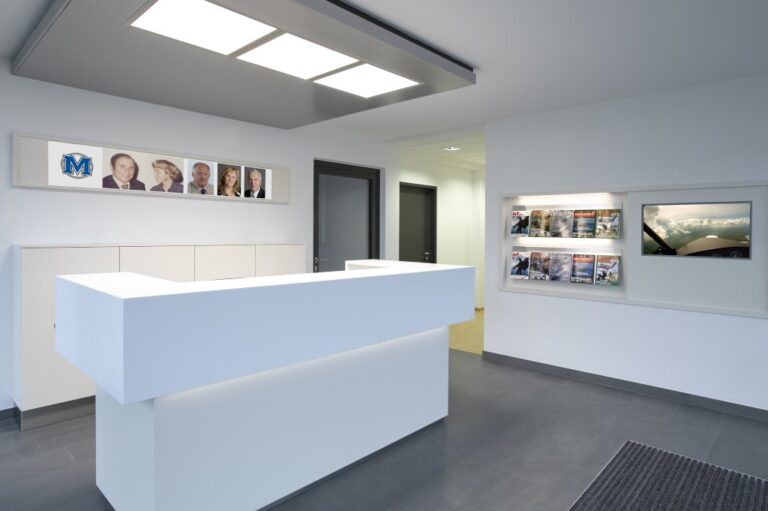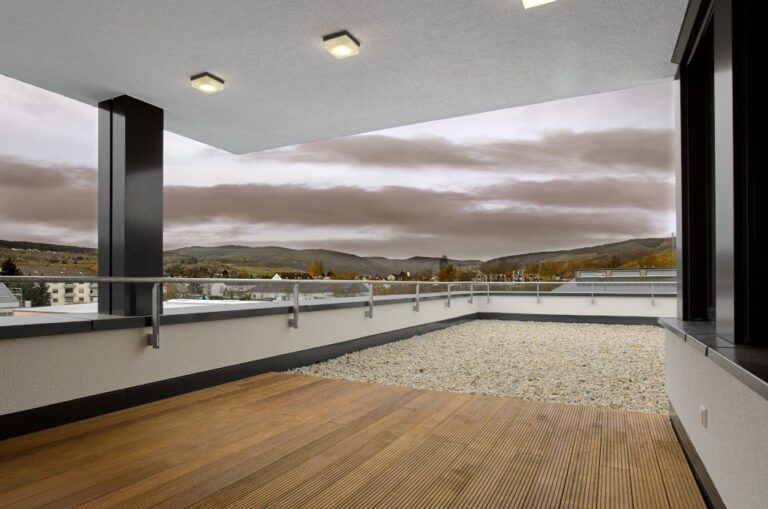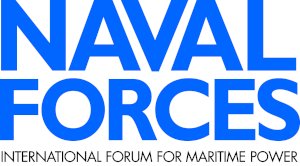The saga of India’s AIP
An indigenously developed air-independent propulsion (AIP) system that significantly enhances the undersea endurance of a conventional submarine is deemed to be ready for installation on board India’s conventional diesel-electric submarines from next year.
@TXT:The fuel cell AIP system has been developed by the Ministry of Defence’s (MoD’s) Defence Research and Development Organisation (DRDO) and is poised to be fitted on the first of the six SCORPENE 2000 diesel-electric hunter/killer submarines, termed Project-75 (P-75), built domestically under licence from France’s Naval Group. It will be integrated with the INS Kalvari (S 21) during her major refit scheduled for September next year, and progressively retrofitted on the remaining five submarines, namely, INS Khanderi (S 22), INS Karanj (S 23), INS Vela (S 24), INS Vagir (S 25) and INS Vagsheer (S 26).
Simultaneously, the Indian Navy is in price negotiations with the Naval Group to procure three more submarines. The additional submarines will also be licence-built at the state-owned defence shipyard Mazagon Dockyard Limited (MDL) and are anticipated to feature up to 60 percent Indian content, including the DRDO AIP and an indigenous combat management system from Bharat Electronics Limited. Suman Roy Choudhury, the programme director for AIP at the DRDO-administered Naval Materials Research Laboratory (NMRL), confirmed the integration timeline and extending the technology to the remaining five Kalvari class submarines. DRDO chief Samir Kamat oversaw the inauguration of an AIP Integration and Testing facility at Larsen & Toubro’s (L&T) AM Naik Heavy Engineering Complex located on the banks of River Tapi near the Arabian Sea. L&T is the technology collaborator in the AIP project and its state-of-the-art facility is expected to play a pivotal role in manufacturing and testing the AIP system over the next year to ensure its seamless integration in the Kalvari class boats.
The lack of an AIP system for India’s on-going and imminent submarine programmes threatened a strategic gap in the Indian Navy’s undersea defences. When French defence contractor DCNS (now Naval Group) had in 2005 signed a transfer of technology (ToT) agreement for the construction of six 1,565-tonne, 61.7m SCORPENE submarines by MDL at its yard in Mumbai, they were expected to be equipped with the AIP system that was being developed by the DRDO since 2002. The construction programme for the six SCORPENEs has been riddled with slippages, running five years behind schedule, with the lead submarine, INS Kalvari, having been commissioned only in December 2017 instead of in 2012, its launch having been in October 2015. The delays also inflated P-75’s contract cost from US $2.63 billion to $3.8 billion. The delays would have been propitious for in-time delivery and incorporation into the submarines of the AIP system being jointly developed by NMRL, located near Mumbai, and NPOL (Naval Physical and Oceanographic Laboratory), based in Kerala. They are two of the 52 establishments of the DRDO.
However, as with most major military projects handled by DRDO that are bogged by huge time and cost overruns, the AIP system too was delayed long enough for questions to be raised about its eventual production. An Integrated Defence Staff (IDS) committee had deemed the DRDO’s cost estimates and timelines for its projects “unrealistic, to the extent of being unprofessional in a few cases”.
While conventional submarines the world over now come equipped with AIP, the lack of this vital capability had been posing a critical operational constraint to India’s submarines. This technology enables a non-nuclear submarine to remain submerged and operate without accessing atmospheric oxygen (by surfacing or using a snorkel) three to five times longer than one without an AIP. Typically, an AIP module’s main components are designed to last 35 to 40 years, the operational life of a submarine, requiring replacement of some major subsystems only every eight to ten years as part of the boat’s major refits. AIP not only enhances underwater endurance of submarines by drawing only limited volumes of stored liquid gas that is ultimately used for charging their batteries, it also augments their stealth by lowering their detectability that is key to military operations.
In contrast, India’s hostile neighbour Pakistan has a smaller submarine fleet, but three of the five that it has are equipped with AIP, incidentally from DCNS. The French vendor’s Mesma (Module d’Energie Sous-Marin Autonome) AIP system, developed in the 1990s with a combustion chamber burning ethanol or fuel oil, were retrofitted to two of the DCNS-designed AGOSTA 90B (Khalid class) boats during overhaul in 2008 and to a new-build AGOSTA 90B in 2011. The three AGOSTA 90Bs were purchased for the Pakistan Navy in the 1990s and, according to DCNS, their AIP systems continue to perform to specification. Two older AGOSTA 70s (Hashmat class) date from the late 1970s and have no AIP. The AGOSTA 90Bs were the first conventional submarines in the Indian Ocean to feature AIP, in this case a 200kW (kilowatts) liquid oxygen Mesma AIP. In 2015, Pakistan finalised a $5 billion deal with China to acquire eight Hangor class submarines equipped with advanced AIP systems. Following several delays, China launched the first of these submarines in April 2024, with delivery scheduled in the next two to three years. China’s assistance to Pakistan not only signals high advancements in submarine capabilities within the Indian Ocean Region, particularly in AIP technology, but is also fraught with strategic implications for India’s regional maritime security.
Considering DRDO’s delayed AIP, the Indian Navy had urged the Organisation to fully engineer its fuel cell AIP within a timeframe to enable its induction at least into the last two Kalvaris that were to be delivered in March and December 2020. However, the DRDO AIP completely bypassed the SCORPENE programme and will thus be subsequently retrofitted through sectional implants at the time of the major overhauls of the six submarines. The DRDO version of the AIP system will be a power plant consisting of a Phosphoric Acid Fuel Cell (PAFC), along with an online hydrogen generation system, power conditioner, liquid oxygen storage and delivery system, thermal management system, and other auxiliary systems. DRDO had been working over 15 years on a land-based prototype that entailed packaging the AIP plant sub-systems, reactant tanks and waste tanks into a simulated hull section of the Kalvari class. The Organisation’s intention was that as it progressed on the land-based demonstrator, it would concurrently start an engineered version for the submarine platform.
However, a workshop for testing all the AIP sub-systems was opened at the NMRL only in January 2016, by then DRDO director general, Dr. S. Christopher, who was also Secretary to the Department of Defence R&D. According to DRDO, the pre-production floor model (PPFM) had been tested and the hull simulated model integrated. PAFC stacks (of 11.5kW peak power) for the land-based prototype and power conditioner system had also been realised. Hydrogen as fuel was generated in-situ at times and in volumes required, through the exothermic reaction of hydrolysis of sodium borohydride, and oxygen through liquid oxygen. DCNS had made the first 100 percent defence foreign direct investment (FDI) proposal to the Indian government for an India subsidiary for “undertaking design and industrialisation studies, research and development activities, and manufacturing and maintenance in relation to AIP systems for submarines”. Its reasoning was that instead of performing these studies at its R&D design centre in France, its know-how located in India could provide long-term benefits to the end users, MDL and the Indian Navy. It felt ist subsidiary would gain better responsiveness, cost effectiveness and a long-term footprint in India. India’s Finance and Defence ministries deferred DCNS’s proposal twice, in May and July 2016, within three months of its application. While no reasons were assigned for the deferrals or rejections, DCNS denied that its application was rejected, contending that it was, in fact, submitting additional supportive information. Contrary to reports, DCNS’s bid was not specifically for domestic fabrication of its Mesma or FC2G AIP modules. But curiously, it had not included its offer for assistance on DRDO AIP integration in its original $1 billion technical data package under ToT to help MDL gain competence in submarine construction, including system integration. DCNS was anxious that its proposal was accepted, keen as it was also on bidding for the lucrative $11.1 Project-75(India) – P-75(I) – contract for the indigenous construction of six new generation stealth diesel-electric submarines.
Sarosh Bana
